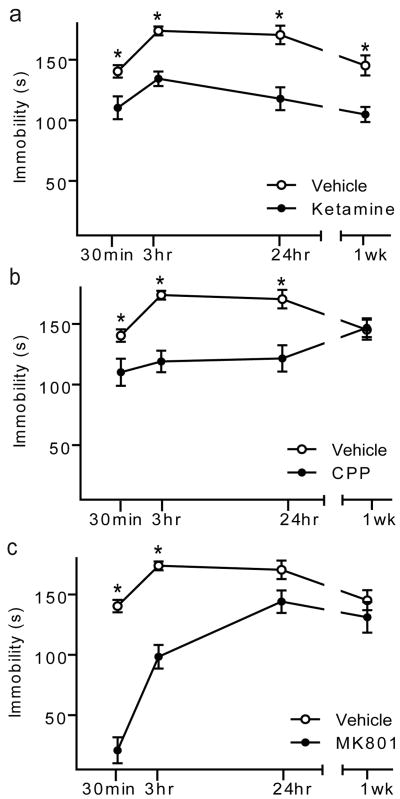Figure 1. Time-course of NMDAR antagonist-mediated antidepressant-like behavioural effects.
Mean immobility±SEM of C57BL/6 mice in FST following acute treatment of ketamine, CPP or MK801. Independent groups of mice were used at each time point and drug treatment to avoid behavioural habituation. ANOVA analysis F3,27 =30.31, P<.0001 for treatment groups, F3,27 =19.06, P<.0001 for duration of response, and F9,81=9.32, P<.0001 for treatment-duration interaction; therefore, we examined treatment effects by time-point. a, Ketamine (3.0 mg/kg) significantly reduced immobility, suggestive of an AD-like response, at 30-min., 3-hrs, 24-hrs, and 1-week compared to vehicle treatment (*P<0.05). b, CPP (0.5 mg/kg) significantly reduced immobility at 30-min., 3-hrs, and 24-hrs (*P<0.05) compared to vehicle treatment. c, MK-801 (0.1 mg/kg) produced significant decreases in immobility at 30-min and 3-hrs compared to vehicle treatment (*P<0.05), (n=10/group/time-point). Here and in all figures error bars represent Standard Error of the Mean (SEM).

